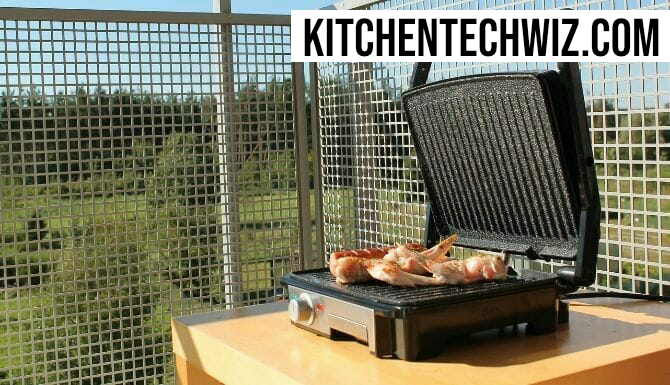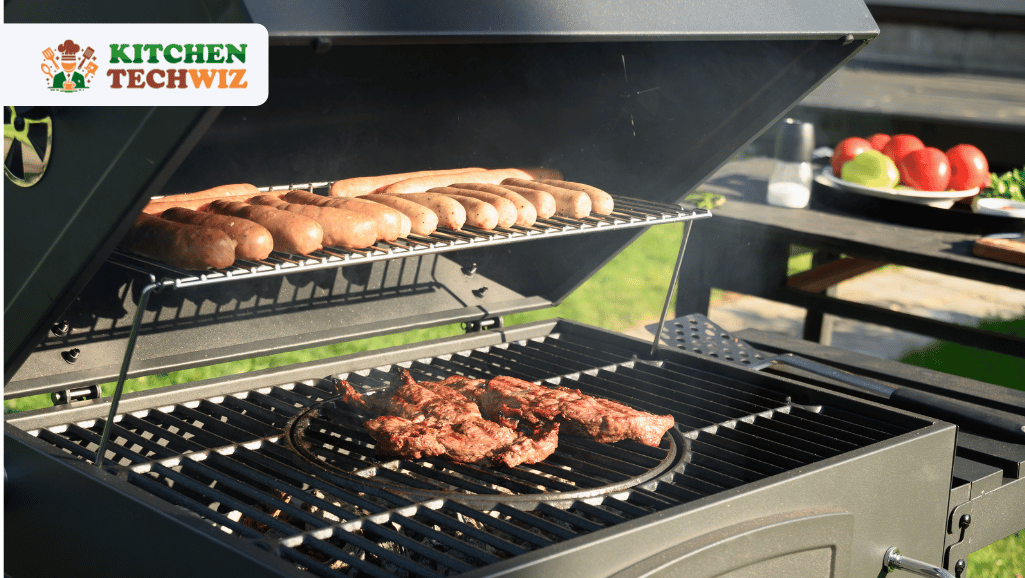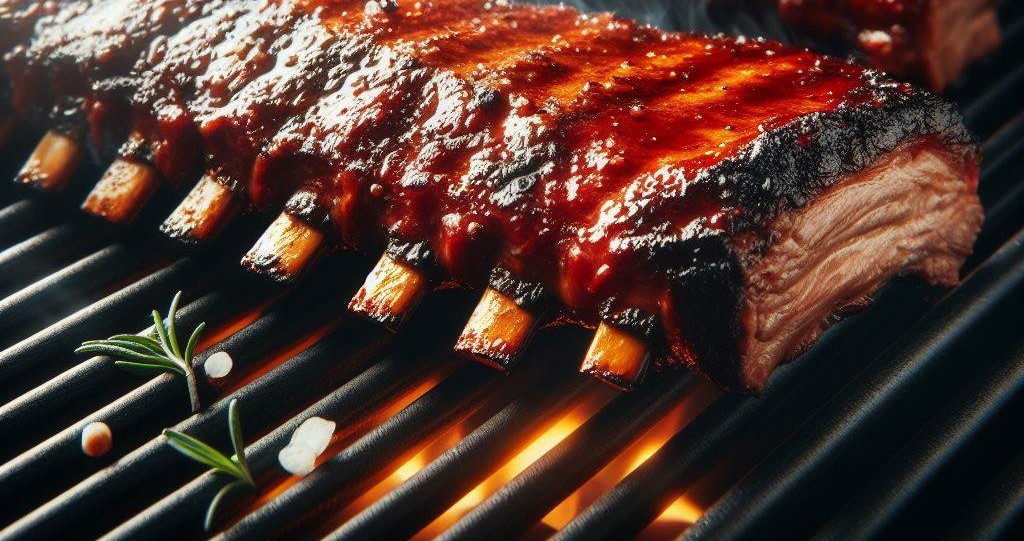Yes, you can cook low and slow on an infrared grill. Here’s how: If you’re looking for a way to cook low and slow on a infrared grill, there are a few things you need to know.
First, it’s important to understand how infrared grills work. Infrared grills use radiant heat to cook food, which means they can reach high temperatures very quickly. That’s why it’s important to make sure your food is cooked through before you remove it from the grill.
To cook low and slow on an infrared grill, you’ll need to lower the temperature of the grill. You can do this by adjusting the settings on the control panel or by using indirect heat. Once the grill is set to the desired temperature, place your food on the grates and close the lid. Cook for the recommended time, then check for doneness.
You can cook low and slow on a infrared grill by preheating the grill to 250 degrees Fahrenheit and then placing your food on the grates. Cook for about two hours, or until the internal temperature of your food reaches 165 degrees Fahrenheit. For this task you may need a grill temperature monitoring tools.
Understanding Low and Slow Cooking
Low and slow cooking is a transformative culinary technique that involves cooking food at low temperatures for a longer duration. This method allows the flavors to meld together beautifully, resulting in tender, succulent dishes that simply melt in your mouth. By taking the time to cook at lower temperatures, proteins break down slowly, resulting in a more tender texture and enhanced flavor profiles. Additionally, low and slow cooking is ideal for tough cuts of meat, as the prolonged cooking time helps to break down the connective tissues, resulting in incredibly tender and juicy results.
Furthermore, low and slow cooking also allows for greater control over the final product, ensuring that meats are cooked evenly throughout without becoming dry or tough. Whether it’s smoking brisket for hours on end or simmering a hearty stew on the stovetop, low and slow cooking offers a depth of flavor and tenderness that simply can’t be replicated with high-heat methods. Understanding the nuances of this technique can elevate your culinary skills and open up a world of delicious possibilities in your kitchen.
Challenges of Low and Slow Cooking on Infrared Grills
Low and slow cooking on infrared grills presents a unique set of challenges that enthusiasts must navigate to achieve the desired results. The intense heat generated by infrared grills can make it difficult to maintain the low temperatures required for traditional barbecue techniques. Achieving consistent, low temperatures for extended periods can be especially challenging, as the powerful heat output of infrared burners is designed for high-temperature searing rather than prolonged low-level cooking.
Additionally, slow cooking on infrared grills often requires additional equipment or accessories to help regulate and distribute heat more evenly. Traditional smokers and offset grills are designed specifically for low and slow cooking, utilizing indirect heat sources and multiple dampers to control airflow and temperature. Adapting these methods for use on an infrared grill may necessitate modifications or supplementary tools to overcome the inherent challenges of managing radiant heat over long durations. Ultimately, successfully executing low and slow cooking on an infrared grill demands a combination of skillful technique, meticulous attention to temperature control, and potentially some creative problem-solving to achieve tender, flavorful results.
Conclusion
While infrared grills are known for their quick and intense heat, they can also be effectively used for low and slow cooking techniques. By utilizing the indirect heat settings and monitoring the temperature carefully, you can achieve tender and flavorful results akin to traditional slow-cooking methods. Additionally, the even distribution of heat across the cooking surface on an infrared grill allows for consistent cooking at lower temperatures without sacrificing flavor or texture.



![16 Best Tabletop Propane Gas Grills 2024: [Also Charcoal & Electric]](https://kitchentechwiz.com/wp-content/uploads/2021/04/Best-Tabletop-Propane-Grill-1.jpg)

Leave a Reply